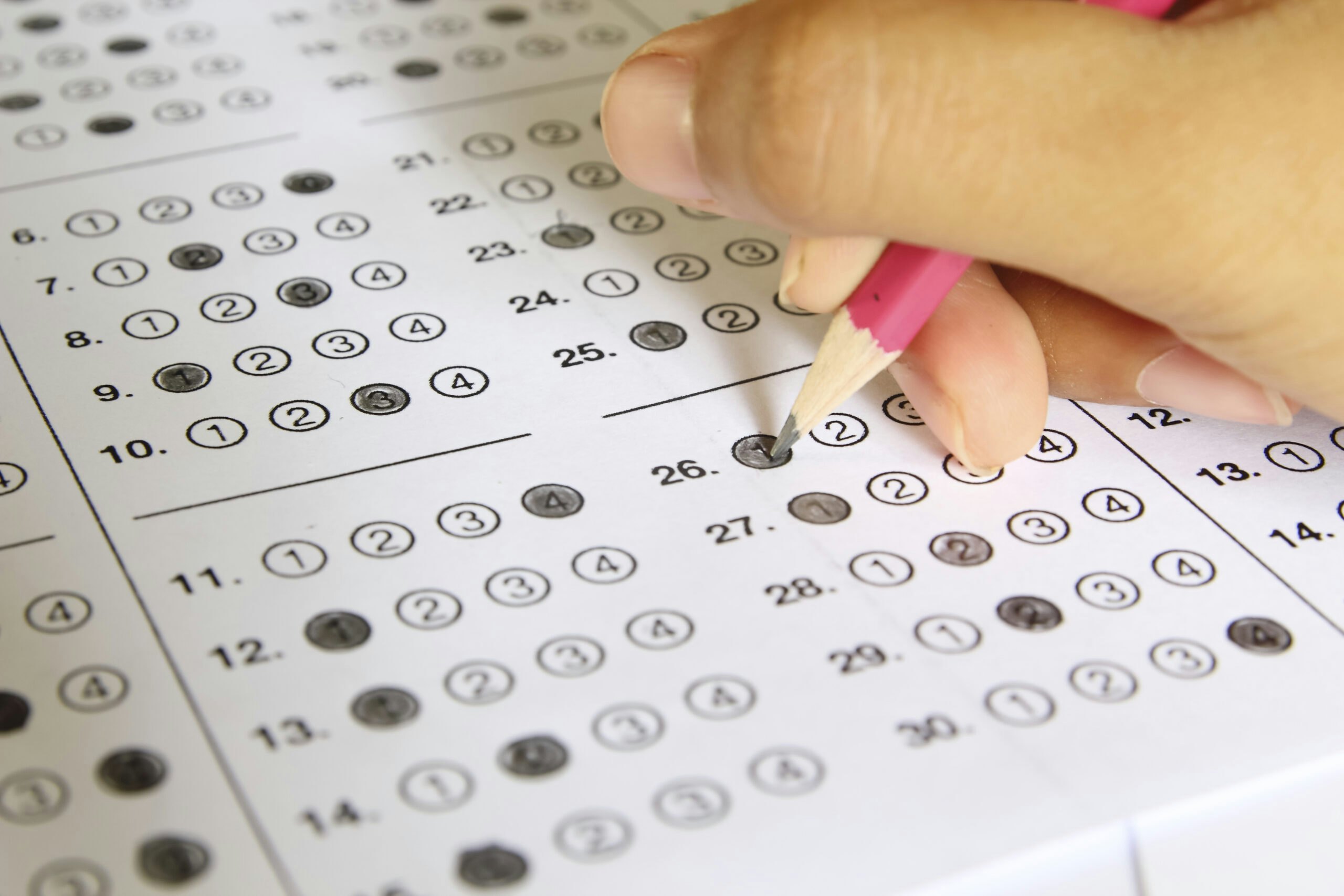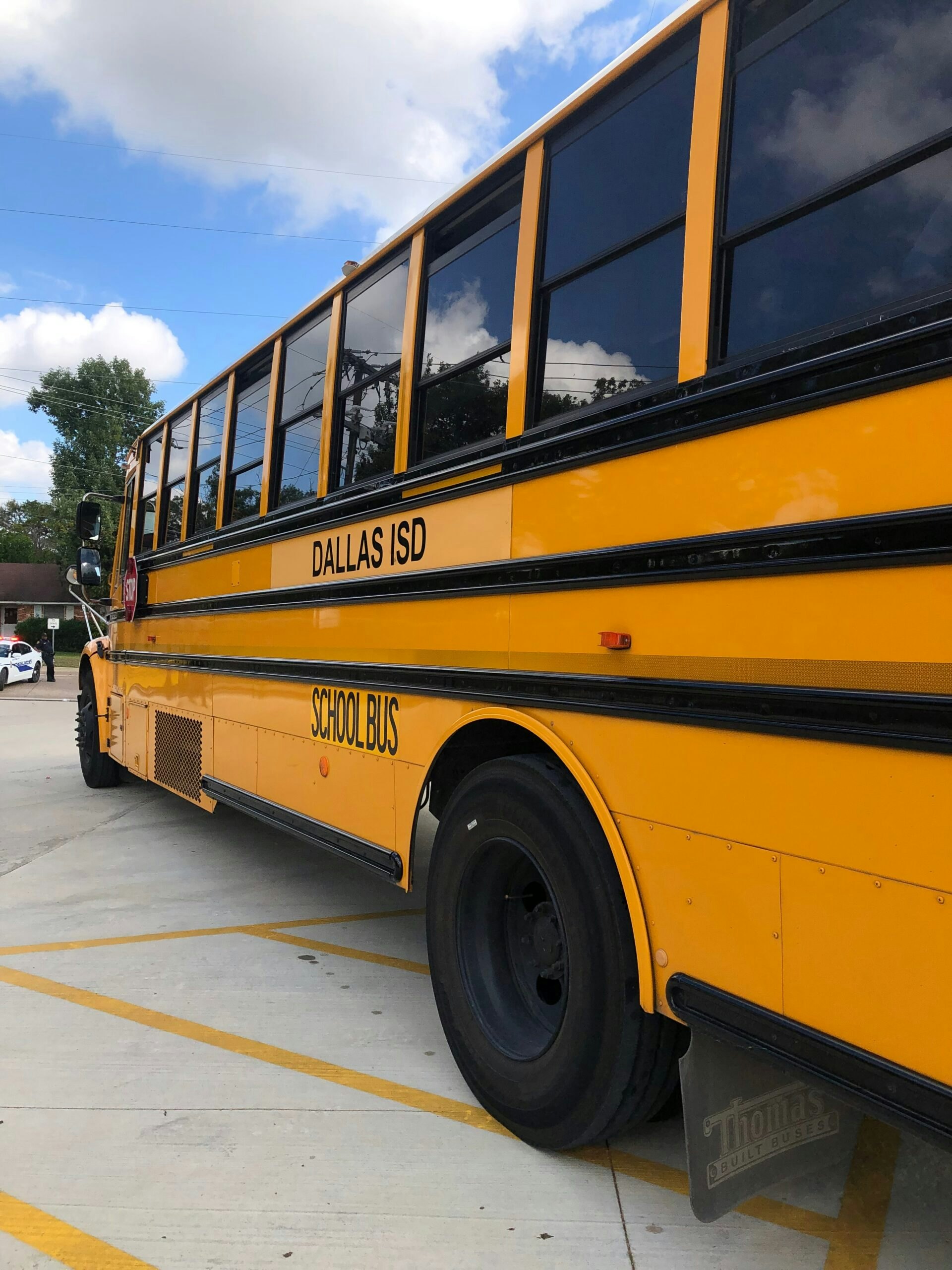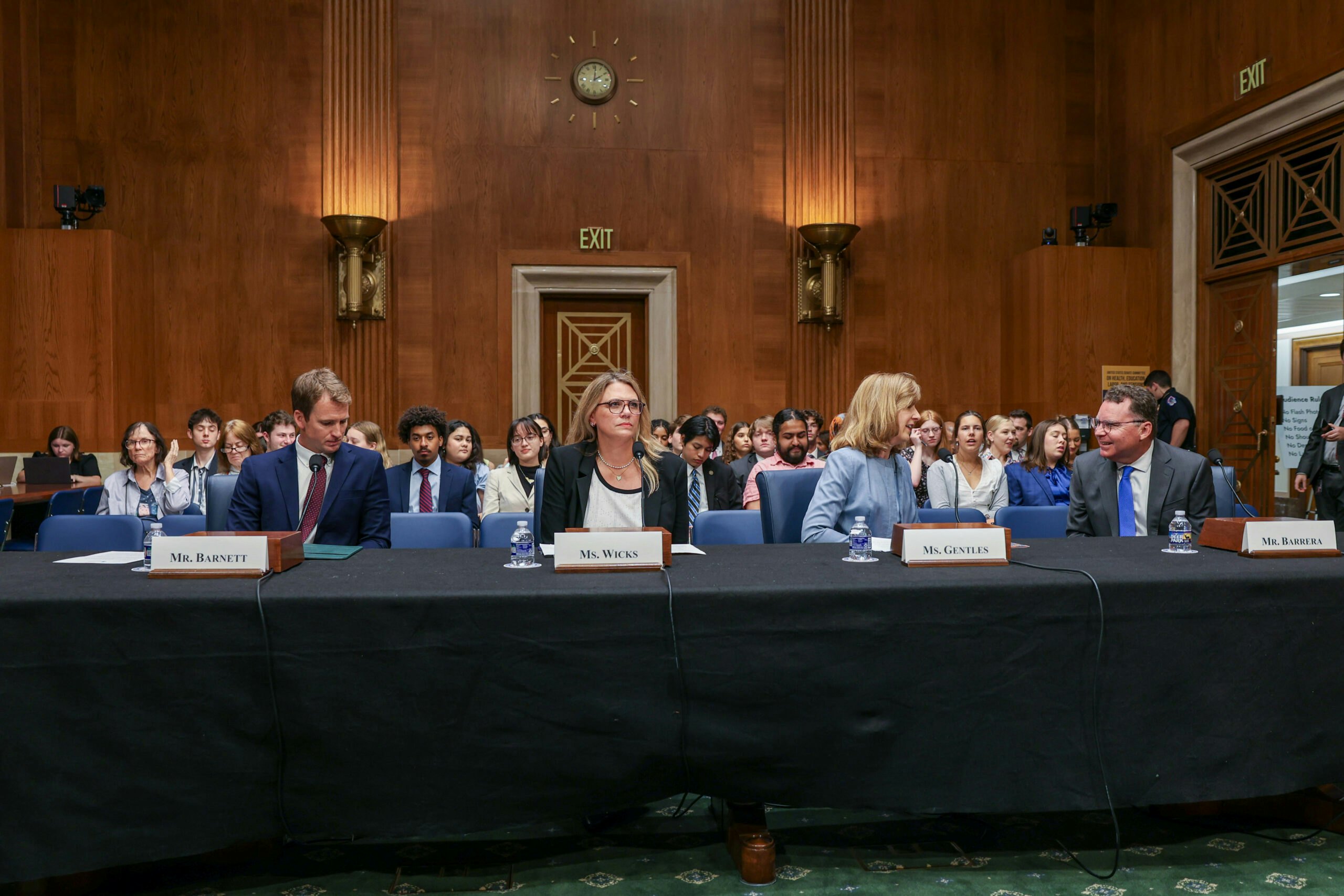This week, 90 educators gathered in Austin to work hard and learn some of the right strategies at the annual Middle School Matters Summer...
This week, 90 educators gathered in Austin to work hard and learn some of the right strategies at the annual Middle School Matters Summer Conference. This is the third year in which the Bush Institute has invited leadership teams from schools — and now districts — to learn effective research-based strategies. The goal is for the teams to return home and implement them into everyday practice.
During his presentation at the conference, Dr. Mark Dynarski elaborated upon research’s role in guiding middle school strategies. Dynarski, president of Pemberton Research in New Jersey and a Bush Institute education fellow, explained research’s contribution this way:
“Research provides a path and guidance. It is not the full answer, but it can lead to positive outcomes. Research-based strategies have been informed by evidence.”
For a long time, teaching has been seen as an art or craft, but it must move to a profession driven by evidence. Relying on hearsay, or what another teacher thinks might work, will not necessarily improve classroom performance. Educators instead need strategies that have been tested systematically and compared to others. The right ones also have been shown to work in many settings.
Applying those strategies in the middle grades particularly matters, which is why the Bush Institute is focused on students achieving in those years. Middle school is when students prepare themselves – or don’t prepare themselves — to tackle high school and thrive in post-secondary education and the workplace.
Middle school students may not know it, but many of the most important decisions of their lives are made then. Their answers directly impact their economic and social mobility. The path to a high school diploma, or, sadly, dropping out, begins as early as sixth grade.
Research confirms this reality: Middle school students who start getting off track for high school graduation commonly do so in sixth grade. Equally dispiriting, research shows wayward sixth-graders are more likely to remain off-track than peers who start veering off in seventh grade.
Dr. Bob Balfanz emphasized these realities in his presentation at the conference. Balfanz, who directs the Everyone Graduates Center at Johns Hopkins University and is a Bush Institute Middle School Matters fellow, explained that middle grades can help all students graduate from high school prepared for college and careers.
That is, if their middle schools are focused on the academic behaviors and outcomes that determine success. One key behavior is perseverance, or “the drive to climb mountains in the rain,” as Balfanz said.
Schools need to teach this trait, especially for disadvantaged students who face many obstacles. As Balfanz noted, “All adolescents are strong, resilient and fragile and poverty magnifies all of those traits.”
Getting this part of our education work right matters enormously to students, especially in disadvantaged neighborhoods and on campuses that serve largely low-income and minority students. “We can make a real difference in these kids’ lives no matter how big the challenges,” Balfanz concluded. Dr. Sharon Vaughn, executive director of the Meadows Center for Preventing Educational Risk at the University of Texas at Austin, concurred, tweeting at the end of the conference: “Our schools are up for this challenge.”
The biggest takeaway from the conference is that middle schools can lift up their students across all content areas by using informed strategies and effective teaching. When that happens, students are ready to complete high school and then emerge later in life as accomplished people.



























